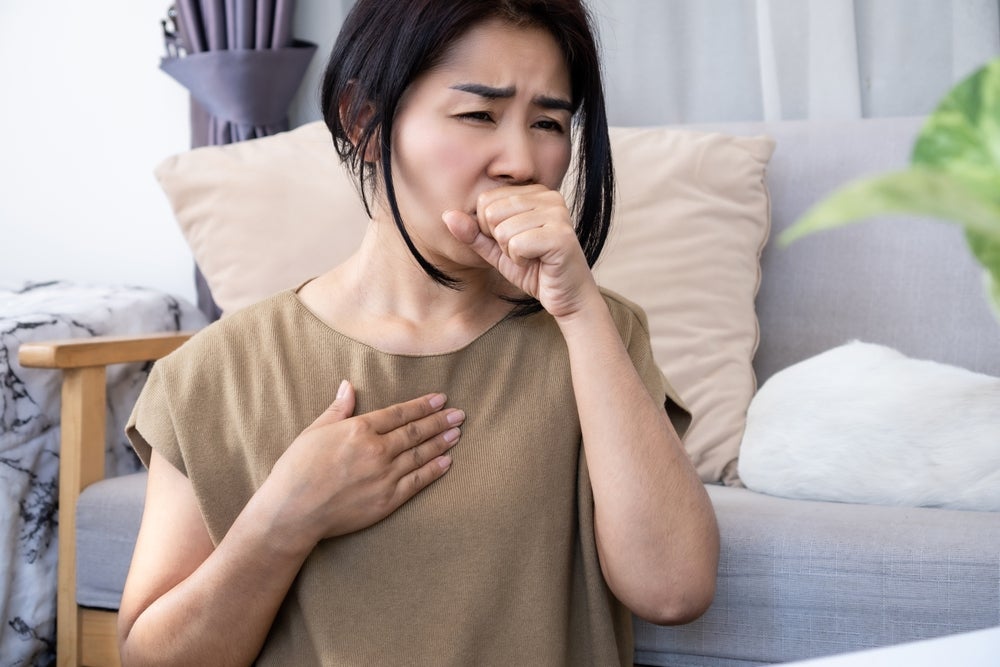The enduring effects of redlining on public health, particularly on asthma prevalence, provide a striking example of how discriminatory housing policies from the 20th century continue to shape the well-being of marginalised communities affected by this practice today. Redlining, a practice that historically denied financial services to predominantly minority neighbourhoods, labelled these areas as "risky" and prevented necessary investments. Although outlawed in the US after The Fair Housing Act of 1968, its effects persist, exposing these neighbourhoods to higher pollution levels, poor housing conditions, and entrenched poverty. The recent study from Vanderbilt University Medical Center emphasises a critical reality; residents of historically redlined neighborhoods, especially children, are four times more likely to develop asthma compared to others due to ongoing exposure to environmental pollutants and poor living conditions (Boerner, 2024). This issue is not simply about past injustices, but about a present-day crisis that calls for urgent, systemic action.
At the core of these asthma disparities lies the geography of environmental racism. Historically redlined areas - marked by disinvestment, industrial encroachment, and inadequate infrastructure - remain disproportionately exposed to air pollution from vehicles and industrial sites (González et al, 2022). The clustering of industries and heavy traffic near these communities intensifies the burden of respiratory diseases. Investigators from University of California, Berkeley have shown that redlined neighbourhoods have twice the density of oil and gas wells as non-redlined areas, highlighting the ongoing environmental degradation (Morello-Frosch, Apte and González, 2021). This legacy of systemic negligence may be attributed to the stark imbalance, where land-use decisions were driven by racial and economic biases, resulting in long-term public health consequences.
However, environmental pollution is not the only factor that exacerbates asthma risk in these communities. Housing quality plays a pivotal role in perpetuating health inequities. In redlined neighbourhoods, residents often live in deteriorated housing with mould, pests, and poor ventilation, all of which are known asthma triggers (Ryan, Zanobetti and Gern, 2024). This combination of substandard housing and heightened pollution creates a perfect environment for the development of chronic asthma, particularly in children. As research from Cincinnati Children's Hospital demonstrates, the legacy of redlining has left today’s children at a higher risk of developing asthma, trapping them in a cycle of poverty and ill health that spans generations (Hartert, 2024). The thing that makes these findings particularly significant is the reminder that redlining is not just a relic of the past. The established structural inequality persists today through patterns of residential segregation, limited healthcare access, and continued environmental injustices. Studies show that low-income families in these areas struggle to access healthcare services, leaving many without the resources needed to manage asthma effectively (Zanobetti et al, 2024). The problem of the lack of healthcare access in these communities is compounded by the fact that asthma medications are often costly, creating a barrier for families that are already facing economic hardship (Williams, 1999). Addressing these systemic inequalities will require more than piecemeal reforms. Instead, it will require a comprehensive approach that tackles both the environmental and socioeconomic determinants of health.
A unique perspective that emerged from these insights is the potential for innovative policy interventions. While the Fair Housing Act of 1968 formally ended redlining, its legacy can be countered through modern policies that promote environmental justice and healthcare equity. Programmes such as housing mobility initiatives, stricter air quality regulations, and improved urban planning can help mitigate the adverse effects of living in historically neglected areas (Nardone, Casey and Nardone, 2021). Importantly, solutions must address both the physical environment and the socioeconomic conditions that fuel health disparities. As such, community-driven approaches, which involve local residents in shaping interventions, could be key to creating sustainable change.
The research from Vanderbilt and other leading institutions offers a clear message: we cannot separate environmental policy from public health. The history of redlining shows that discriminatory policies have profound, long-lasting effects on human health. By understanding the interconnectedness of housing, environmental factors, and health inequities, more holistic strategies to combat asthma and other chronic conditions can be developed, ultimately breaking the cycle of disadvantage for future generations.















